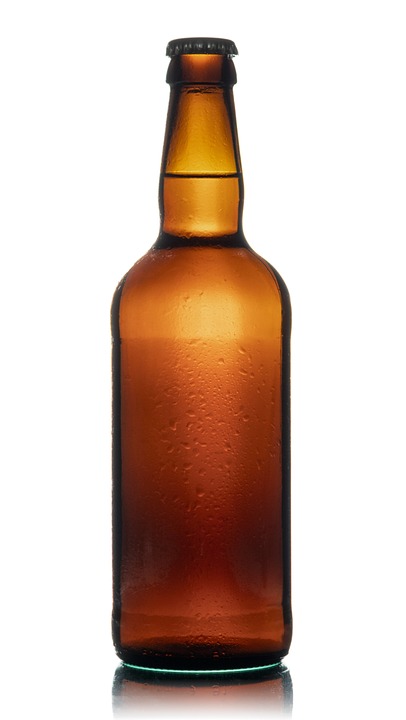Introduction
In the world of whiskey collecting, the origin and age of a barrel are crucial factors that can greatly impact the value of a bottle. Whiskey enthusiasts are often willing to pay a premium for bottles that come from specific regions or have been aged for a certain number of years. In this report, we will explore why labeling barrel origin and age adds value for collectors, delving into the reasons behind this trend and the financial implications for both collectors and distilleries.
Importance of Labeling Barrel Origin
Enhanced Rarity and Exclusivity
One of the main reasons why labeling barrel origin adds value for collectors is the enhanced rarity and exclusivity that comes with bottles from specific regions. Whiskey produced in certain countries or regions is often highly sought after due to the unique flavors and characteristics that are imparted by the local climate, water source, and distillation methods. For example, Scotch whiskey from Islay is known for its peaty and smoky flavors, making it a favorite among collectors who appreciate these distinctive profiles.
By labeling the origin of a barrel, distilleries can create a sense of exclusivity and rarity that appeals to collectors looking for something special to add to their collection. Collectors are willing to pay a premium for bottles that come from renowned whiskey regions such as Kentucky, Scotland, or Japan, as they are seen as more valuable and desirable due to their provenance.
Authenticity and Transparency
Labeling barrel origin also adds value by providing collectors with a sense of authenticity and transparency. Knowing where a whiskey was produced allows collectors to trace its journey from the distillery to their glass, giving them confidence in the product’s quality and provenance. This transparency is especially important in an industry where counterfeit bottles and fraudulent labeling practices are not uncommon.
By clearly indicating the origin of a barrel, distilleries can build trust with collectors and demonstrate their commitment to producing high-quality whiskey. Collectors are more likely to invest in bottles that have been sourced from reputable distilleries with a long history of craftsmanship and expertise, making labeling barrel origin a valuable marketing tool for attracting discerning collectors.
Significance of Labeling Barrel Age
Quality and Maturation
Another key factor that adds value for collectors is labeling the age of a barrel. The age of a whiskey refers to the number of years it has spent maturing in oak casks, which can significantly impact its flavor profile and complexity. Whiskey that has been aged for a longer period is often considered to be of higher quality, as the extended maturation allows the spirit to develop rich, nuanced flavors and aromas.
Collectors are willing to pay a premium for bottles that have been aged for a significant period, as they are seen as more valuable and desirable due to the time and care that has gone into their production. Whiskey enthusiasts often seek out bottles with age statements such as “12 years old” or “18 years old” to add to their collection, as these bottles are perceived to offer a superior drinking experience compared to younger spirits.
Investment Potential
Labeling barrel age also adds value by increasing the investment potential of a bottle. Whiskey that has been aged for a long period tends to appreciate in value over time, making it an attractive option for collectors looking to build a valuable collection. Rare and aged bottles often command higher prices at auctions and in the secondary market, offering collectors the opportunity to earn a significant return on their investment.
Collectors who purchase bottles with age statements can benefit from the potential for capital appreciation, as well as the enjoyment of drinking a well-matured whiskey. By labeling the age of a barrel, distilleries can cater to collectors who are interested in building a diverse and valuable collection of aged spirits, further enhancing the appeal and value of their products.
Financial Implications for Collectors and Distilleries
Collectors
For collectors, labeling barrel origin and age can have significant financial implications. Collectors who invest in bottles with specific origin and age statements can expect to see a return on their investment over time, as these bottles are likely to appreciate in value due to their rarity and desirability. Collectors can also enjoy the prestige and exclusivity that comes with owning bottles from renowned whiskey regions or with long age statements, enhancing the overall value of their collection.
Distilleries
From the perspective of distilleries, labeling barrel origin and age can be a lucrative marketing strategy that attracts discerning collectors and increases the value of their products. Distilleries that produce whiskey with unique origin and age statements can differentiate themselves in a crowded market, appealing to collectors who are willing to pay a premium for bottles with provenance and quality. By investing in high-quality barrels and carefully monitoring the aging process, distilleries can create a portfolio of premium products that cater to the growing demand for rare and aged spirits.
In conclusion, labeling barrel origin and age adds significant value for collectors by enhancing rarity, authenticity, and investment potential. Collectors are willing to pay a premium for bottles that come from specific regions or have been aged for a certain number of years, making labeling barrel origin and age a valuable marketing tool for distilleries. By understanding the importance of provenance and maturation, collectors and distilleries can capitalize on the growing interest in rare and aged whiskeys, creating a mutually beneficial relationship that adds value to the whiskey collecting industry as a whole.



